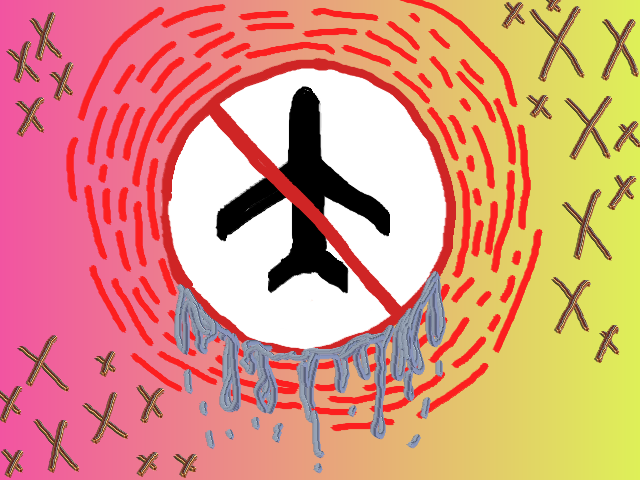On January 27, 2017, Donald Trump signed the executive order to prevent refugees and immigrants of seven countries from entering the United States. At about 4:42 PM that day, shortly after the order was enacted, border officials abruptly began enforcing the new rules. Once the rules were put in place, civilians from various statuses and personal backgrounds were denied entry or sent back. This included refugees and minority Christians from the seven countries, as well as students or green-card holders that were returning to the United States after trips abroad. At least 721 immigrants traveling from Iran, Iraq, Syria, Sudan, Libya, Yemen, or Somalia were detained at airports and prohibited from boarding flights to the U.S. during the weekend that the order was initiated. Even travelers with valid visas were turned away from flights to the United States. Some people were stranded in foreign countries while in transit, and several others that were already in flight to the U.S. when the order was signed were detained as they arrived.
President Trump’s motivation for the order was to prevent terrorism from ravaging the country and there was immediate backlash from the media as well as federal agencies and commissions. The U.S. Department of Homeland Security Intelligence and Analysis Unit stated that people coming from the countries affected by the travel ban did not pose an increased terror risk. The report that the department compiled found that a person’s country of origin was not a reliable indicator of any potential terrorist activity. Also, it revealed that very few people from the seven countries are able to enter the U.S., since the State Department only grants a small number of visas to citizens of those countries anyways. Furthermore, the report dictated that more than half of the 82 people that were found to have been radicalized by a foreign terrorist organization (i.e. ISIS) and attempted to conduct an attack in the United States, were U.S. citizens. As a result, the President’s order came under scrutiny for not being in line with the reasoning, information, and statistics provided by the DHS.
A rather emphatic response followed the order. Starting January 28, the day after the executive order was signed, thousands of protesters banded together at airports and other areas throughout the U.S. to protest the order and what they saw as injustice towards immigrants. The first protest started at New York City’s John F. Kennedy International Airport, and more protests followed at other airports across the nation. Numerous other protests were initiated and well-known members of Congress such as Senator Elizabeth Warren and Representative John Lewis expressed vehement opposition in their home states.
Although it has been suspended nationally after the 9th circuit Court of Appeals upheld the lower court decision, the executive order has done its damage. It has affected many that are attempting to find a new home or who are trying to return back to the United States. President Trump’s words and the order have not disappeared, and it is hard to determine what will happen once the order is rewritten. It may even reach the Supreme Court – but who knows where it will go in the end and what the Trump administration will bring in the future?
Eugene Park
staff writer
Graphics: Jessica Chang

